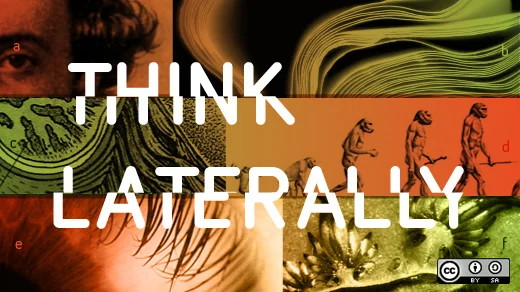When I started my new career at Red Hat (as content manager of The Enterprisers Project), Jim Whitehurst's book, The Open Organization, was still two months from its debut. I got my hands on a sneak peek after a meeting in which I suggested there may be some common ideas spanning both the book and a pending (at the time) report The Enterprisers Project was preparing with Harvard Business Review, particularly regarding ideas of collaboration and shared accountability of business transformation initiatives.
My team responded favorably and promptly gave me a new assignment: Go read the book!
The Open Organization immediately struck me as an excellent introduction to my new workplace. It provided some basic history and useful background on both Red Hat and open source culture, and it detailed the company's various communication channels and platforms while providing examples of how to use them to connect with my new co-workers. It also gave me insight into Red Hat's mission, values, and culture—and, most importantly, how they came to be.
(I even commented that this should be required reading for all new employees, but my new colleagues responded that required reading is not The Open Org way. Touché.)
As I continued reading, however, I couldn't help but reflect on my short time with Red Hat. I thought about how some of my experiences exemplified the concepts Jim discusses in The Open Organization, in particular the notion that good ideas can come from anyone, from the CEO to the manager to the summer intern or, in my case, the new person.
From my earliest days at Red Hat, I truly felt included in decision-making process within my team. Teammates treated my opinions and ideas just as they did anyone else's. And when an idea resonated particularly well with my team, they were happy to hand over the reigns and give me an opportunity to lead a new project or assignment.
Within only a week or two, I no longer felt like the new person; I felt like a valued, equal member of a highly collaborative team. Beyond that, this environment made me feel empowered—like I belonged. It removed all hesitation to hold back simply because I was new and lacked the exact experiences and levels of knowledge my colleagues had. It gave me an opportunity to meld my unique strengths with my team's and find the places I fit.
I think this is a powerful lesson for businesses of all sizes: Give everyone an opportunity to contribute in a meaningful way, regardless of their title, job description, or the amount of time they've been with your company. You may uncover a new perspective on an old problem or a transformational idea from an unlikely candidate. Undoubtedly, you will create an environment where your employees feel more confident and valued―the keys to not only unlocking their unique potential, but also making them feel like rock stars in the process.
Follow the conversation on Twitter #theopenorg






Comments are closed.